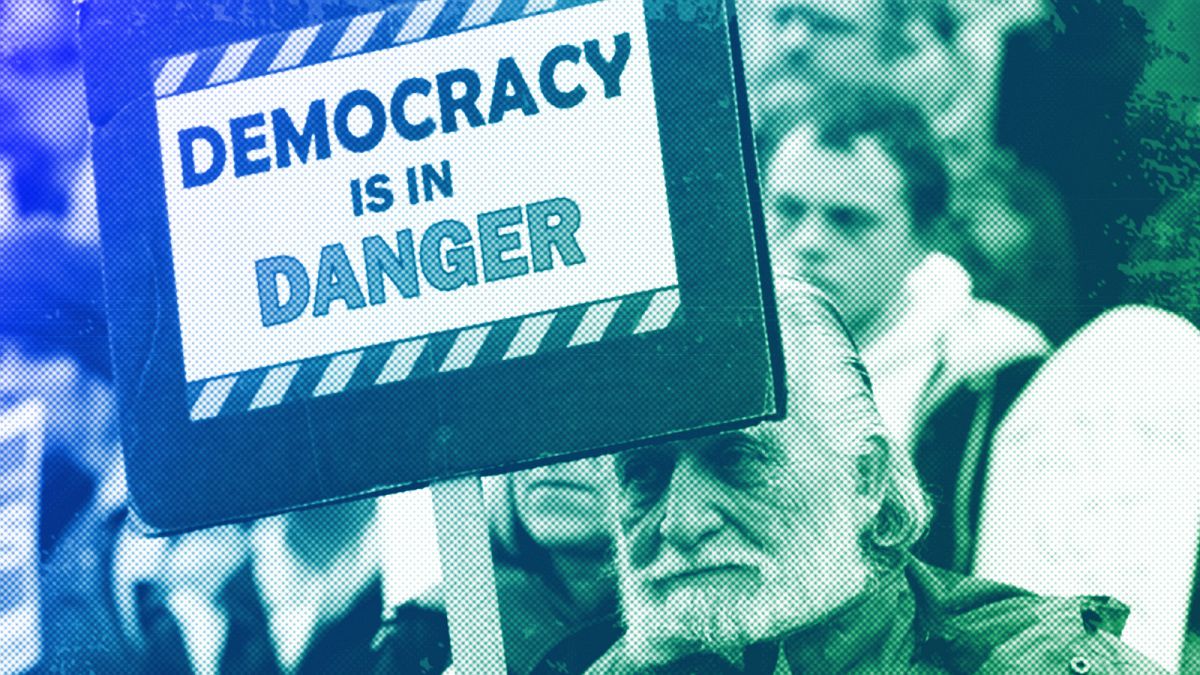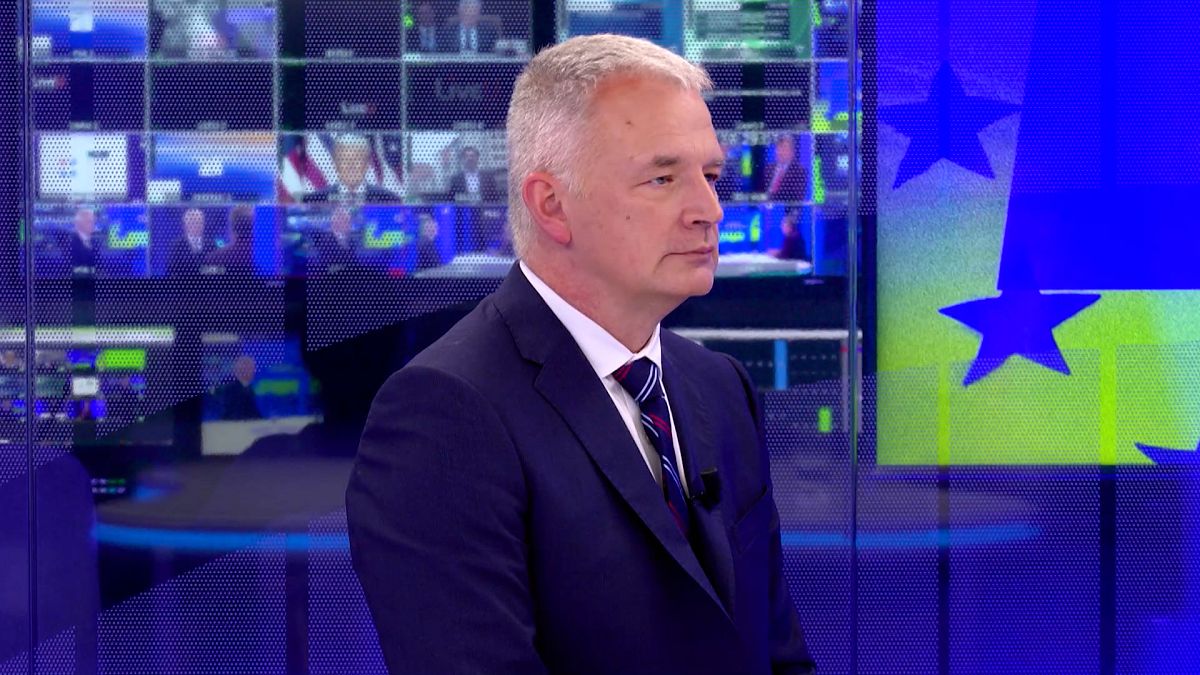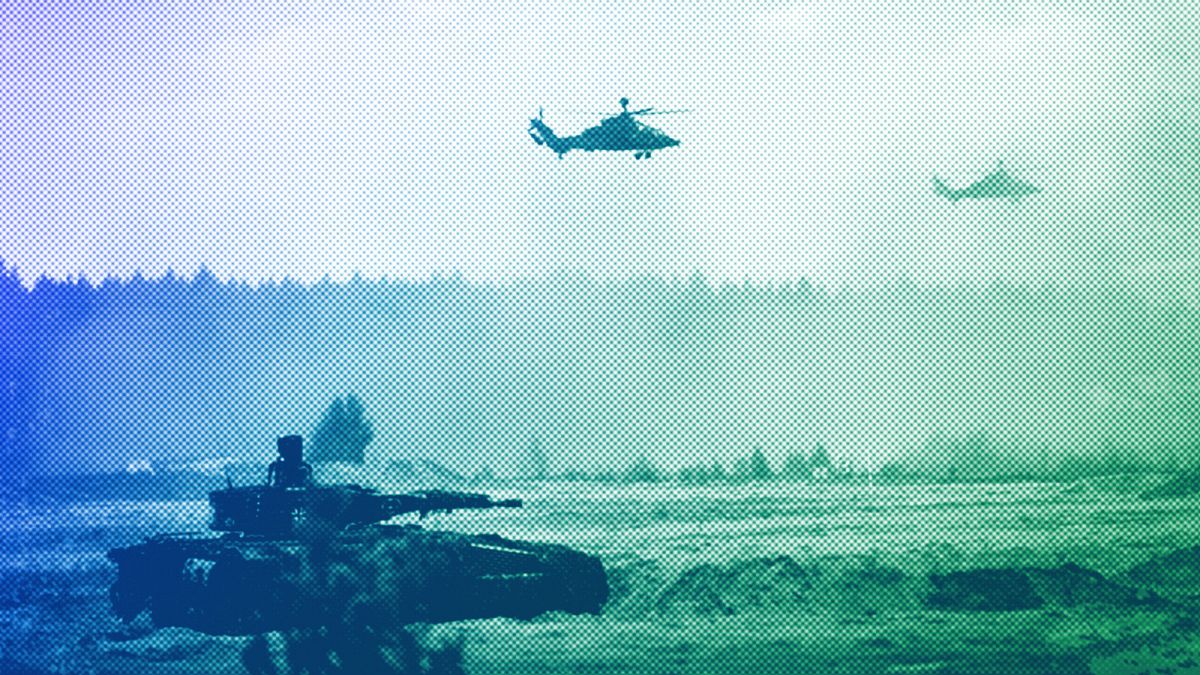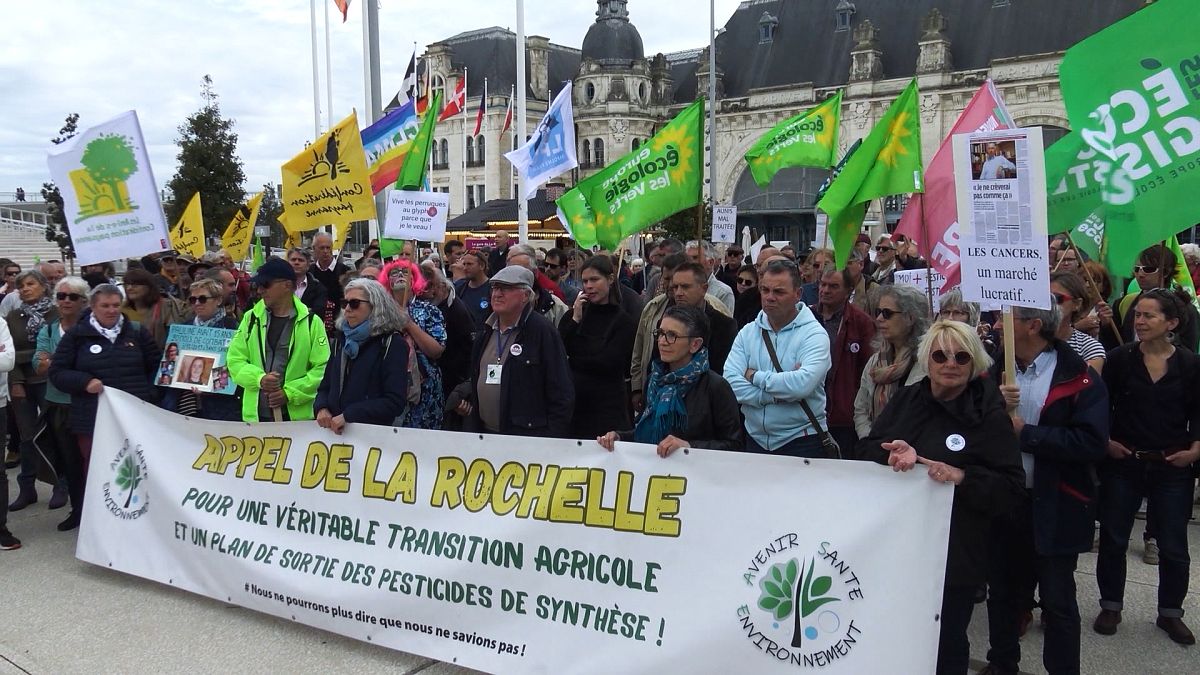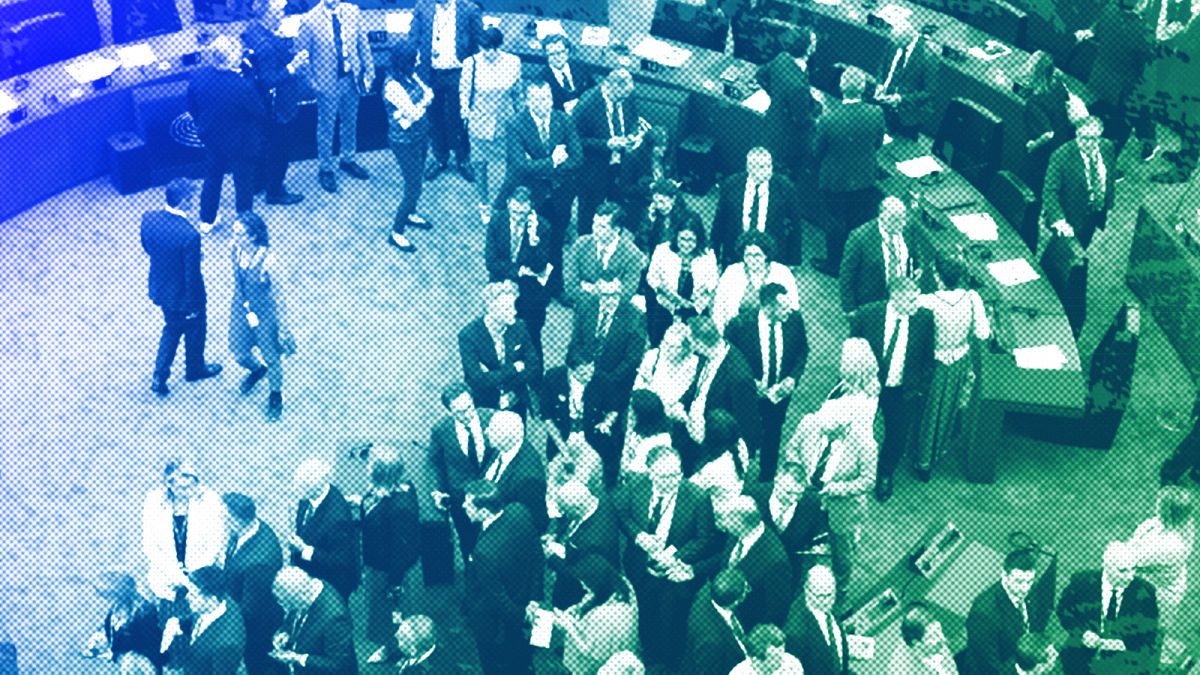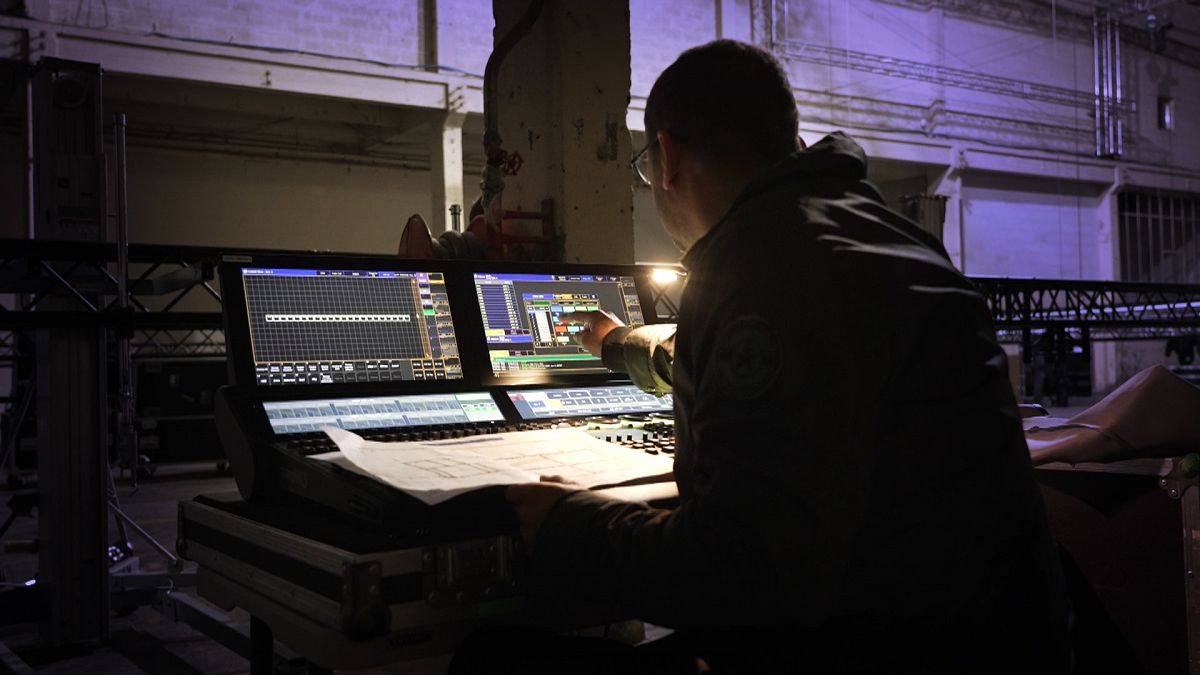Israel-Hamas war: Killing, chaos and catastrophe in the Gaza Strip
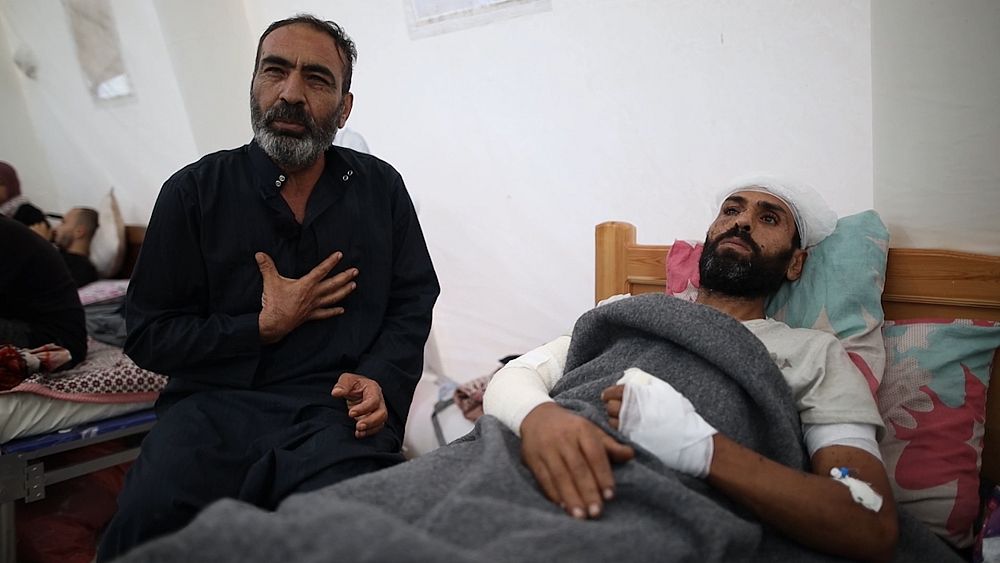
In this episode of Witness, we head into the Gaza Strip to hear harrowing accounts of death, destruction and desperation from those living inside the besieged territory.
Israel continues its bombing campaign in Gaza night and day, in retaliation for the October 7 Hamas terror attack.
As of mid-November, Gaza health officials said that more than 14,000 people had been killed, including 5,600 children.
Ambulances and civilians rush to the scene, hoping to rescue who they can. A scene that repeats itself every day.
Residents of Gaza dig through the rubble of this destroyed building. They carry out those injured and those who didn’t make it.
“We thought we were the only ones hit, but we went outside the house and saw bodies on the ground that flew from over 40 metres from the Al-Ghoul family home,” said Abu Ibrahim, a resident of the al-Shati refugee camp in northern Gaza.
“There were about seven girls, and some bodies and body parts were over the roof of a public market. Later, a fire caused by the airstrike set the bodies on fire.”
Gaza hospitals reach breaking point
Into the night, injured Gazans continue to be rushed to hospitals. Inside, doctors and nurses frantically scrambled to save injured children and adults.
Israeli planes dropped millions of leaflets over Gaza City, urging residents to flee to the south a few days before the start of Israel’s ground offensive on 27 October.
After entering Gaza, Israeli troops slowly and methodically began to encircle Gaza, completely cutting it off from the rest of the strip.
According to the United Nations, more than half of Gaza’s hospitals were forced to close since Israel declared war after its own civilians were murdered or taken hostage by Hamas.
Israel’s blockade of the Gaza Strip has meant that basic medicines and fuel to power generators are quickly running out. In the few hospitals that still operate, nurses, and doctors are overwhelmed.
“The health situation in the Gaza Strip has collapsed. We can’t even describe it. Most of the hospitals are out of service or not working at all,” said Dr Ahmad Moghrabi, the head of plastic surgery at Nasser Hospital.
Dr Moghrabi is the head of plastic surgery at Nasser Hospital in Khan Younis. His staff includes doctors from the international NGO, Doctors Without Borders.
Doctors face impossible decisions due to the lack of medical supplies. They must choose who to treat, and essentially, who gets to live.
The staff at Nasser Hospital have resorted to using vinegar and shampoo to disinfect wounds. They even perform some surgery without anaesthetics.
“We receive wounded people who are not a priority for surgery, but we don’t have space in hospital beds, so we put them in corridors and on balconies until their turn for surgery comes. But the urgent cases, we try to treat them as soon as we can, but sometimes they are late being treated, and their situation becomes catastrophic,” Dr Moghrabi told Euronews.
A perilous choice: To flee or remain?
Each day, the Israeli army opens up one road for several hours to allow civilians to flee to the south.
Yet the road was not totally safe for the Al-Nimnim family. An Israeli strike hit the truck they were travelling in, killing 36 members of the family. Only three survived. The survivors are being treated in a tent provided by the European Union International Aid Agency at al-Aqsa Hospital.
“What have my children done to be torn to shreds? They became body parts, I found six of their bodies intact, while the rest were body parts in a plastic bag,” said Nabeel al-Nimnim, a resident from the north of Gaza and a survivor of an Israeli attack.
With nearly half of Gaza damaged or destroyed, many had no choice but to flee south.
But others thought the evacuation road was too dangerous. Some decided not to abandon their homes. 81% of Gazans are in fact refugees and descendants of refugees who were displaced during wars with Israel.
“Where would we go?” asked Abu Ibrahim, a resident of the al-Shati refugee camp in northern Gaza. “There is no way to leave our houses. I won’t leave, even if it means my death. This is my homeland, and I won’t abandon it.”
Still by mid-November, the great majority of the one million Palestinians living in northern Gaza had safely fled south, according to Israel. Most were forced to walk, carrying what little they could on their back.
Even in so-called safe zones, civilians are not safe. On one block, at least 45 people were killed in an Israeli airstrike on the Maghazi refugee camp on 5 November, according to Gaza health officials.
The Maghazi camp lies in the zone where Israel’s military had urged Palestinian civilians to seek refuge. An Israeli army spokesperson said he was checking whether Israeli forces were operating in the area.
Aid and essential goods remain in short supply
Meanwhile, in the south of Gaza – overflowing with new refugees from the north – basic necessities such as bread, fuel, and water are in scant supply. Every day, people queue for hours, hoping to get what little they can.
“We lived with dignity in our homes. But we have been humiliated ever since we were displaced,” cried one displaced Palestinian woman in the south of Gaza.
“Provide us with bread and repair the sewage systems in the schools. We are likely to contract diseases, and the coronavirus may affect our children. Have mercy on us!”
Refugees from the north of Gaza have set up new refugee camps further south. The tents offer little in the way of protection from the elements and the camp has no basic services – not even a toilet.
Only a trickle of aid now reaches Gaza. Each truck can only bring a small fraction of the supplies that are needed. On the Gazan side of the Rafah border crossing with Egypt, hundreds anxiously check the posted schedules – waiting for their chance to get out.
A limited number of foreign nationals have been allowed to leave Gaza. Many are stuck waiting. One such person is German national Katya Miess, who arrived one week before the war began to visit her Palestinian husband.
“People are suffering, they are crying. People are afraid. All day, every day, there are bombs and missiles,” she told Euronews.
“People don’t know where to go. We feel that we have been abandoned by our own country. We don’t know what is going to happen. Every day, people fear for their lives. It’s not normal.”
As Gaza’s health system disintegrates, ambulances carrying wounded Palestinians crossed into Egypt while the border was still open.
It is, however, not open for fuel coming into Gaza. The lack of this essential supply has limited the ability of hospitals to perform even basic services, putting many people, including premature babies, at risk.
“If the situation continues like this; in a few days, we won’t be able to carry on, we are going to witness massacres and crimes that history hasn’t seen before,” explained Dr Ahmad Moghrabi.
On 15 November, Israel’s army took control of Gaza’s largest hospital, Al-Shifa, claiming Hamas fighters use it as their main base.
By the time of our broadcast, Hamas’ command centre had not been found.
Source: Euro News





